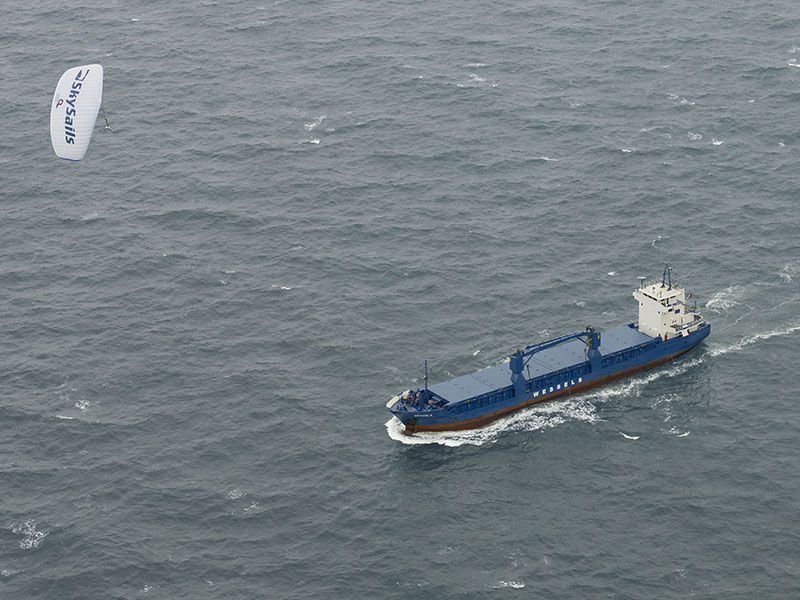There’s a lot of discussion right now about how the development of U.S. offshore wind farms could benefit the workboat market, but what about a wind-powered workboat?
The other day I read an interesting article in the UK’s Guardian newspaper about the use of wind power to move container ships across the ocean.
It’s being tried mostly in Europe where two German companies have developed a high tech kite system in which a computer guided technology pulls large cargo ships. Even though wind is free and renewable, it’s been slow to catch on, as the article notes the complexity of world shipping and the resistance of some companies to change.
But the developers hope that the long-range fuel cost savings and the opportunity to reduce pollution and a company’s carbon footprint will drive demand. It got me wondering: could wind power ever be a viable fuel alternative for the workboat industry? It is a cool idea to imagine a towboat, propelled by a beautiful sail, pushing a barge down the Mississippi River. The short answer is probably not, with logistics, cost, and lack of wind on the rivers being the biggest drawbacks.
I checked in with Darin Adrian, executive vice president for the River Division at Paducah-based Marquette Transportation, which operates towboats and barges on the inland river system. He pointed out that the size of the sails would be a deterrent, as areas his vessels go are restricted by the river bluffs and retrofitting equipment would also be a challenge.
“I believe the height requirements for (turbines) would also be prohibitive due to bridge clearances,” he added.
And there are two other issues, both involving diesel fuel. Falling oil prices would certainly put an economic damper on wind-propelled shipping as diesel fuel is currently quite cheap.
The other concern would be the future health of the Inland Waterways Trust Fund, which is financed by a 29-cent per gallon tax on diesel fuel that is paid by the barge industry. The IWTF is an important source of revenue for the construction and modernization of the nation’s aging and in many places crumbling locks and dams. The Fund pays for half these costs, and the rest is appropriated by Congress. A big move to renewables like wind would mean less money in that pot when we’re finally starting to see some significant investment in waterways infrastructure.
So for the time being, we’ll have to turn our sailing fantasies to bluewater shipping, which in an ironic twist is looking back to its roots to propel it into the future. A century ago, merchant shipping was primarily powered by sails. Remember the sea-going, cargo-carrying clipper ships of the 19th century? They're back – in a manner of speaking.





